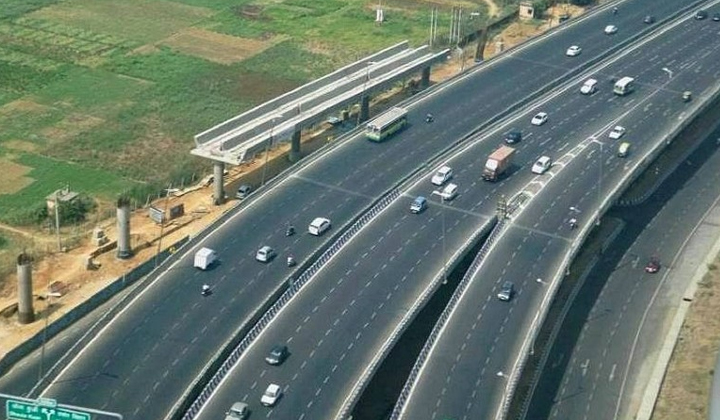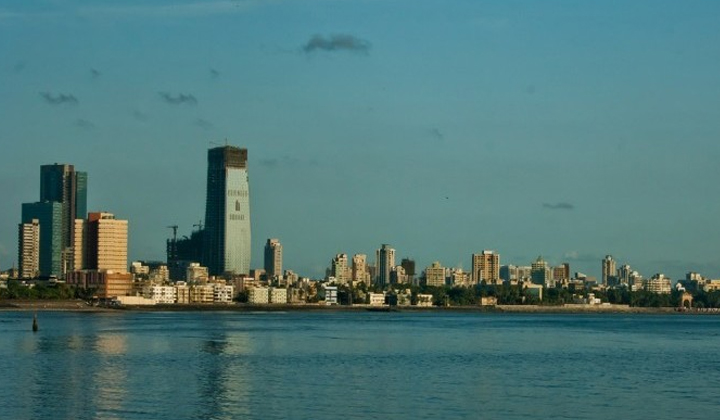Trending Now
- 830 voters names go missing in Kavundampalayam constituency
- If BJP comes to power we shall consider bringing back electoral bonds: Nirmala Sitaraman
- Monitoring at check posts between Kerala and TN intensified as bird flu gets virulent in Kerala
Real Estate
All You Need To Know About The Green Highways Project
![]() July 6, 2016
July 6, 2016
Urban development comes at a cost and it does not involve only money. This “other” cost is also a reason why large-scale urban infrastructure projects often face protests. To begin with, many projects are often criticised for having a huge negative impact on the environment, and rightly so. Even for those naïve minds who have not been engaged in environmental studies, the felling of the tress are a horrendous sight.
That makes it imperative for authorities to find a middle path. We do need major infrastructure projects to grow but we need to maintain a balance. Speaking of which, we must cite Prime Minister Narendra-led government’s Green Highways Policy, 2015. With an aim to promote greenery on highway developments, the policy seeks to develop eco-friendly national highways with participation from everyone concerned.
A look at the key features of the policy:
– The Ministry of Road Transport & Highways plans to develop existing national highways and 40,000 kms of other roads as green highways by involving local labour of a particular area. This would include self-help groups (SHGs), gram panchayats and non-government organisations (NGOs). The aim is to promote biodiversity along the national highways while generating employment for locals.
– According to the policy, one per cent of project cost will be spend in developing green corridors.
– Now, authorities will have to show their plantation plan in their detailed project reports. Earlier, this was not part of the initial project plans. A projects land acquisition plan would factor in the land needed for plating fresh tress.
– To ensure that what has been planted bears fruit, the government will fix the responsibility. The agency responsible for the plantation will have to ensure all remains green on the ground. Monitoring agencies will inspect the site on a regular basis. In case an agency fails to deliver, they will lose the job.
Why is this important?
It is to be noted that of the 4.69 million kms of road length that India has in total, over 96,214 kms are national highways and they carry about 40 per cent of the traffic load according to the government data. India’s transport needs are going to rise with an ongoing increase in the population. This is why building highways is a must. Such projects will only get better when they promote green environmental practices.
However, by involving locals in the process and fixing accountability, the government has gone a step further. This will make land acquisition process easier, generate employment for unskilled labourers and bring down the amount of criticism public projects often attract for harming the environment.
























